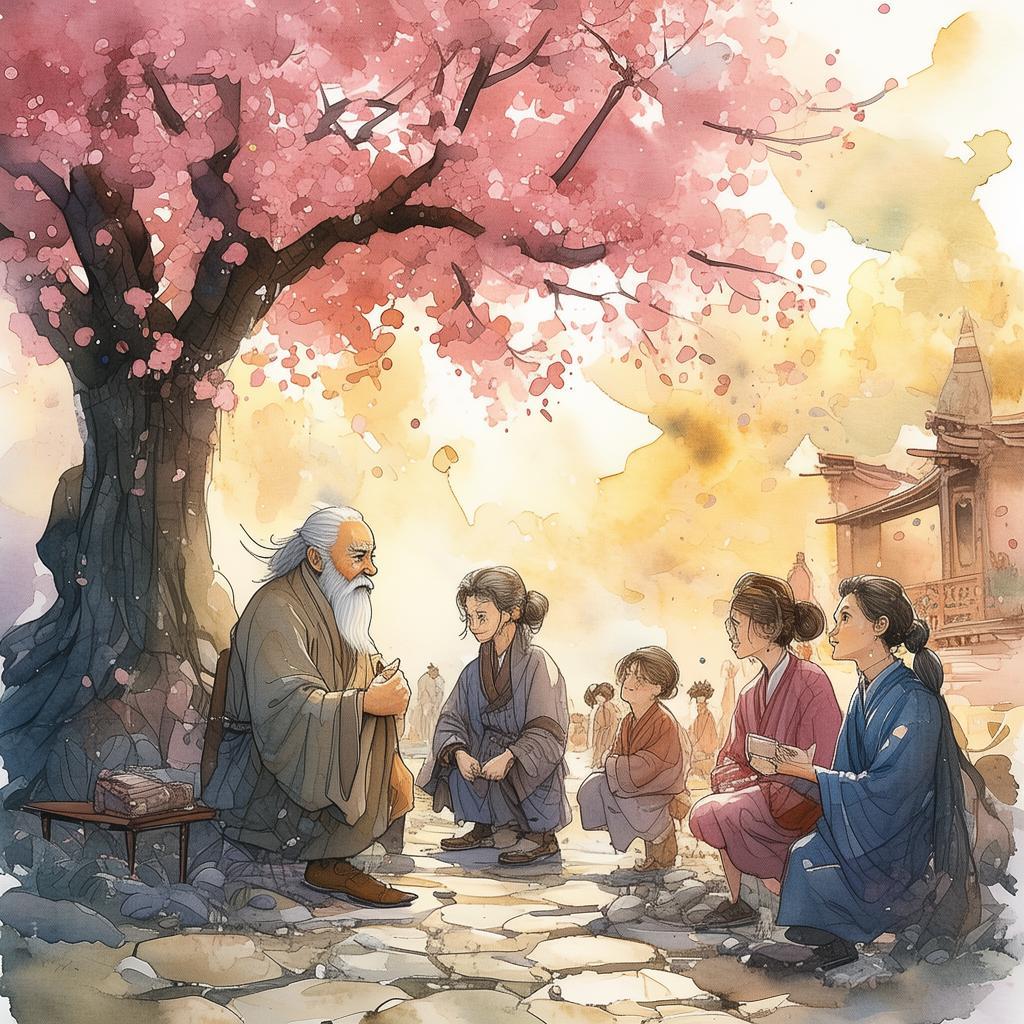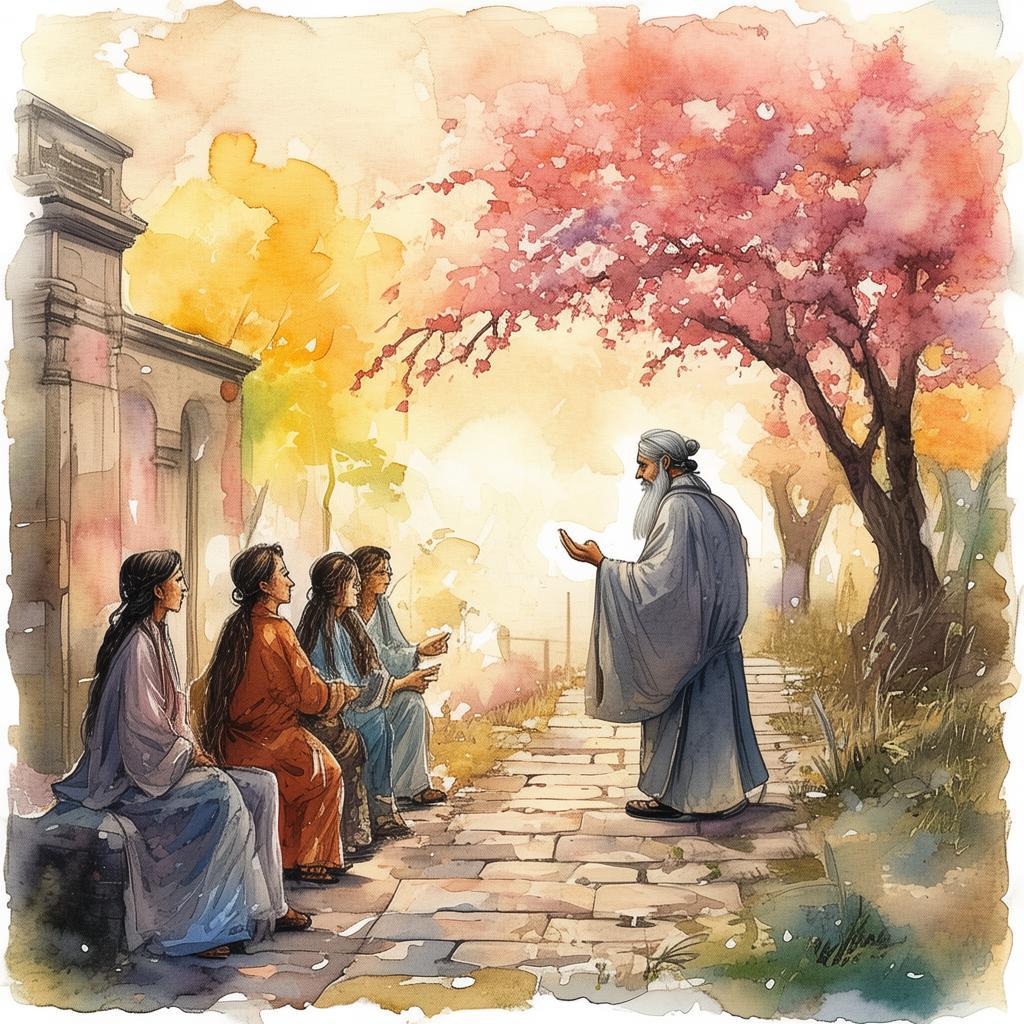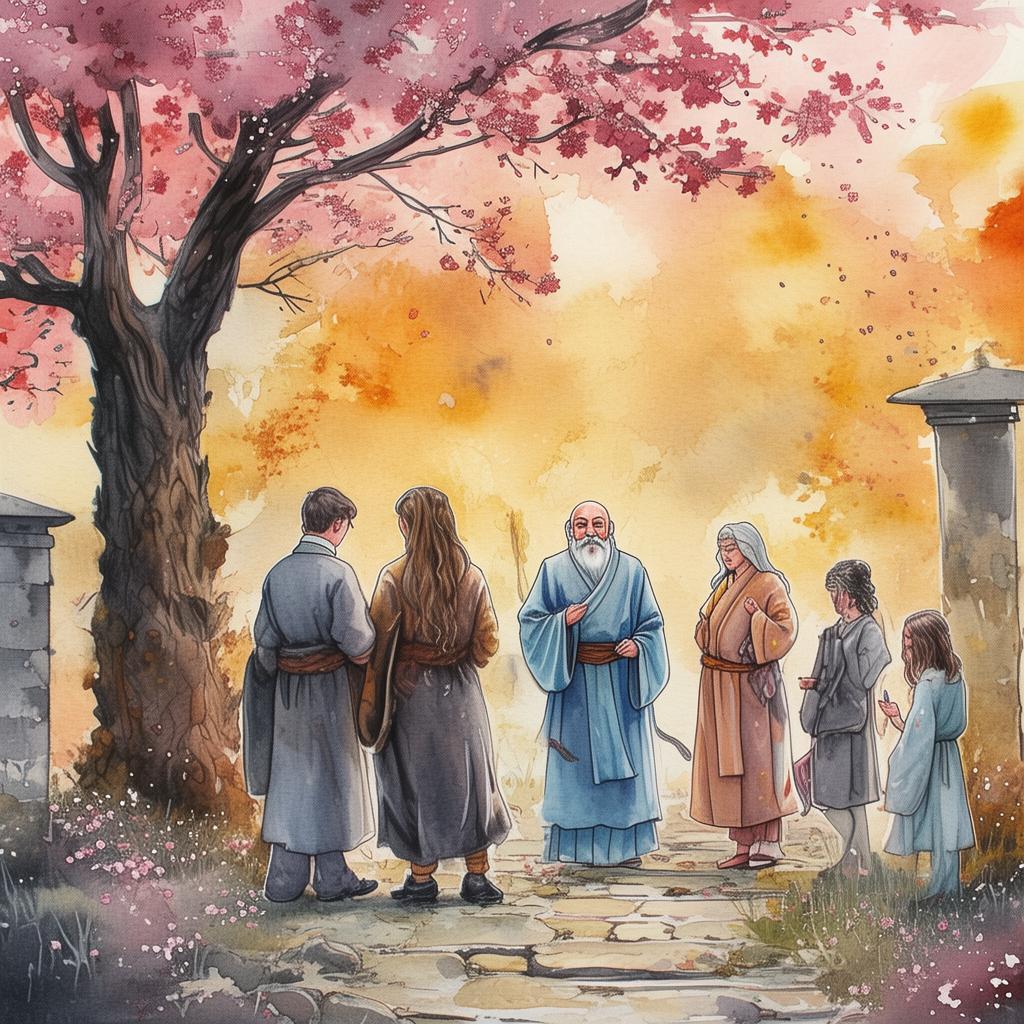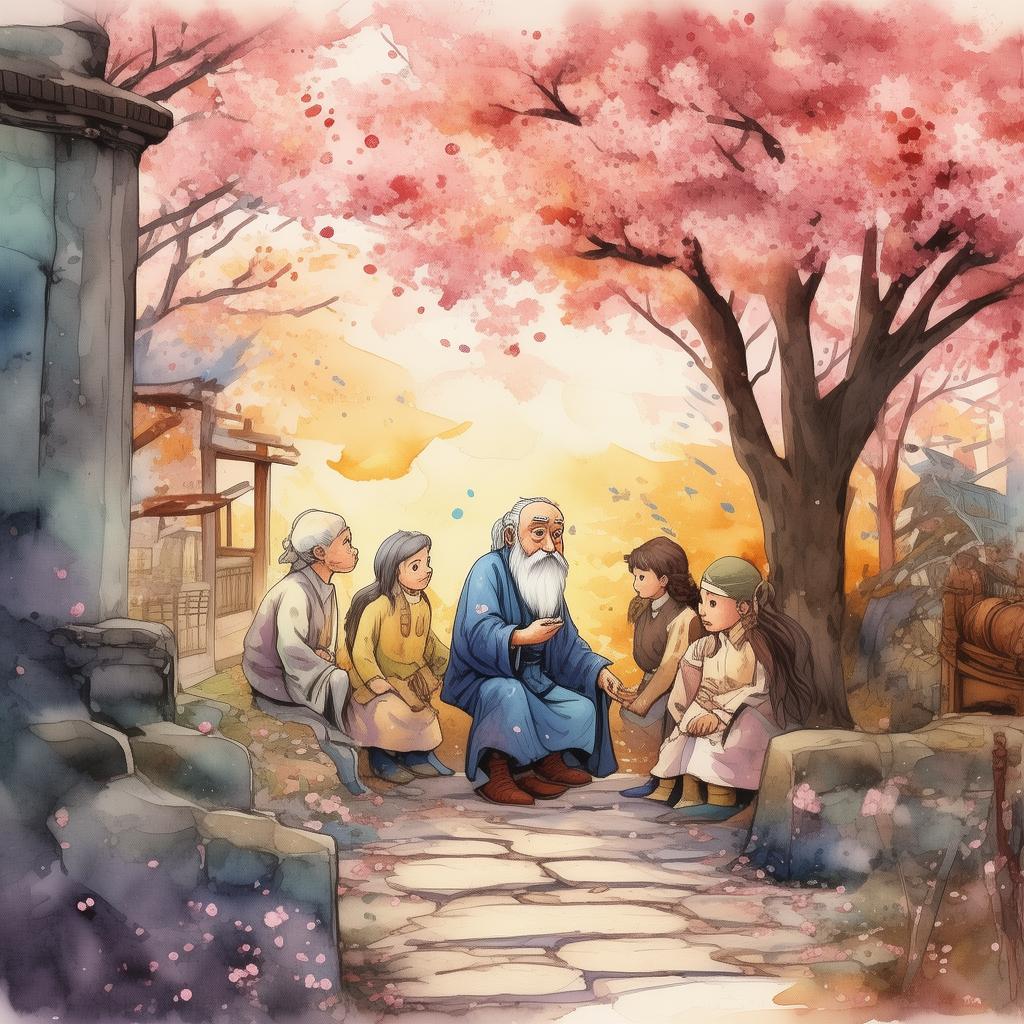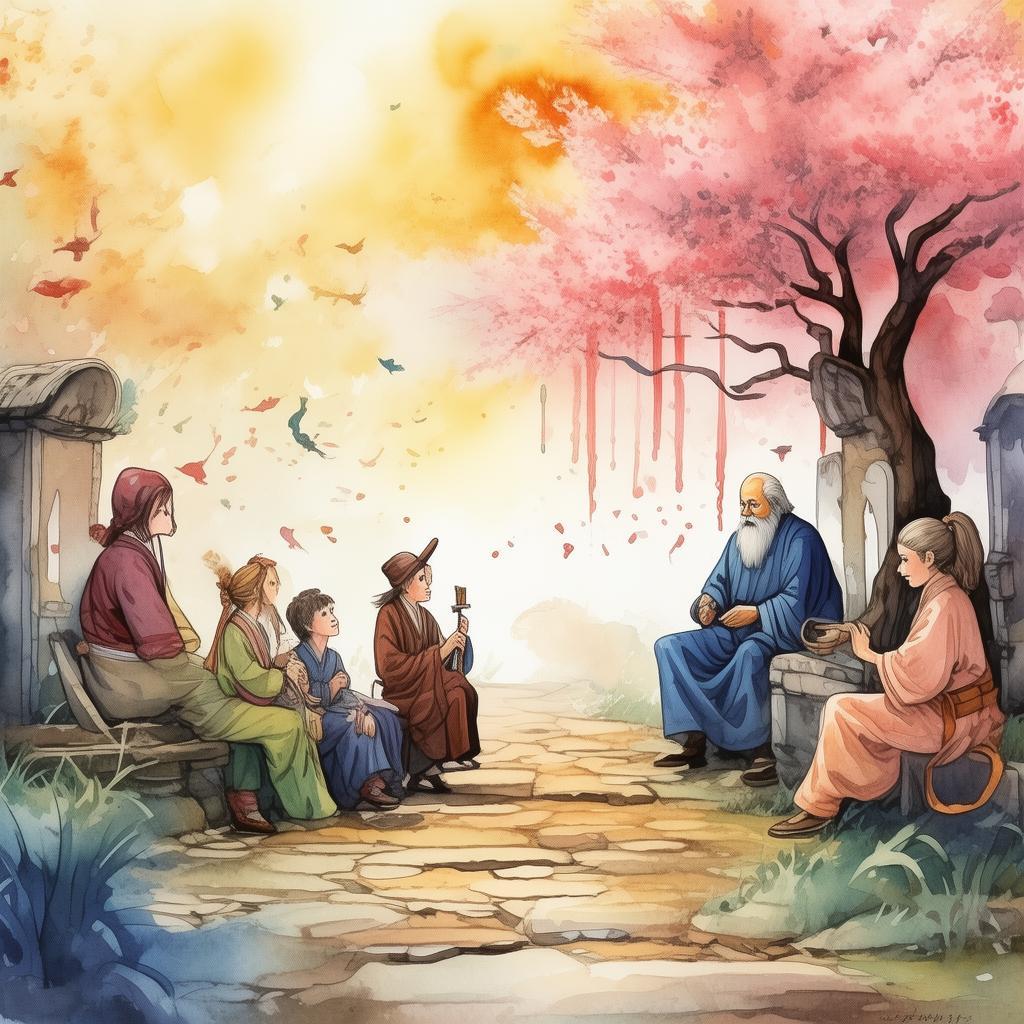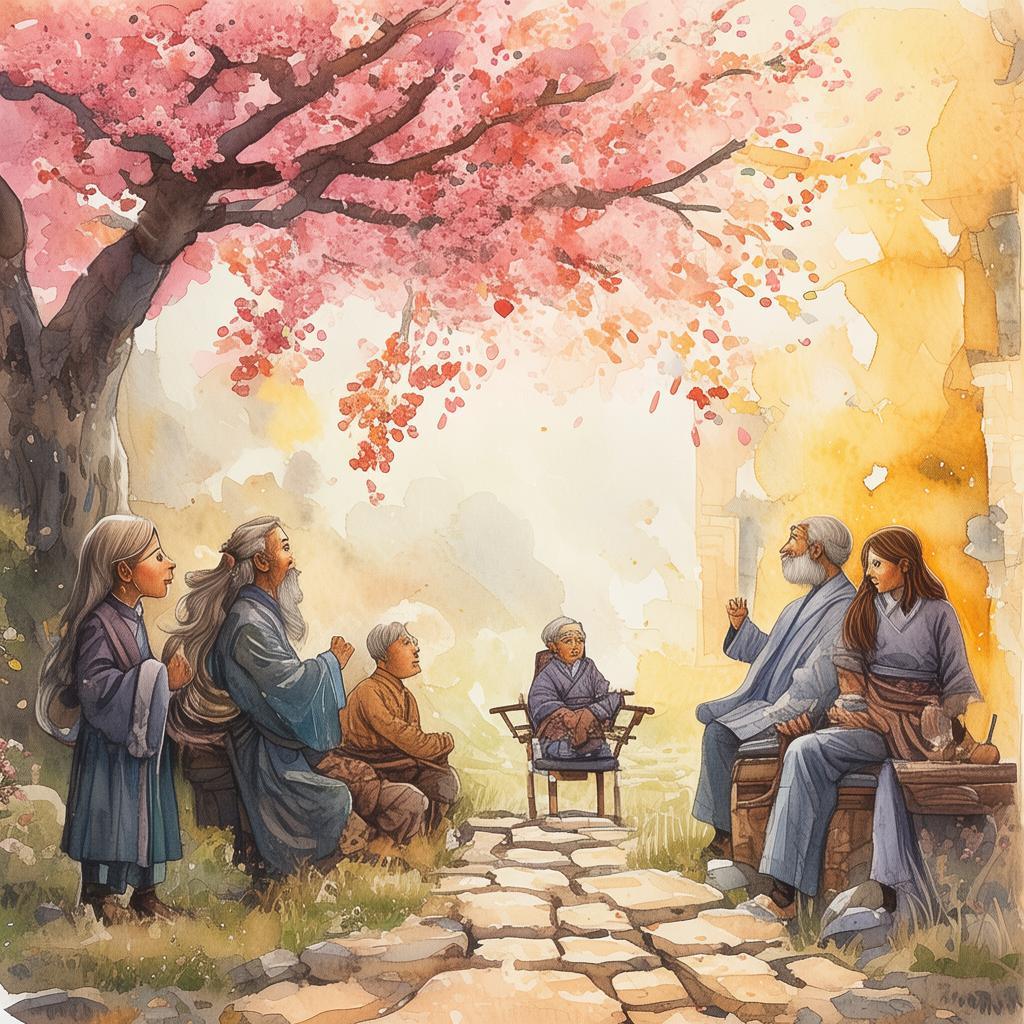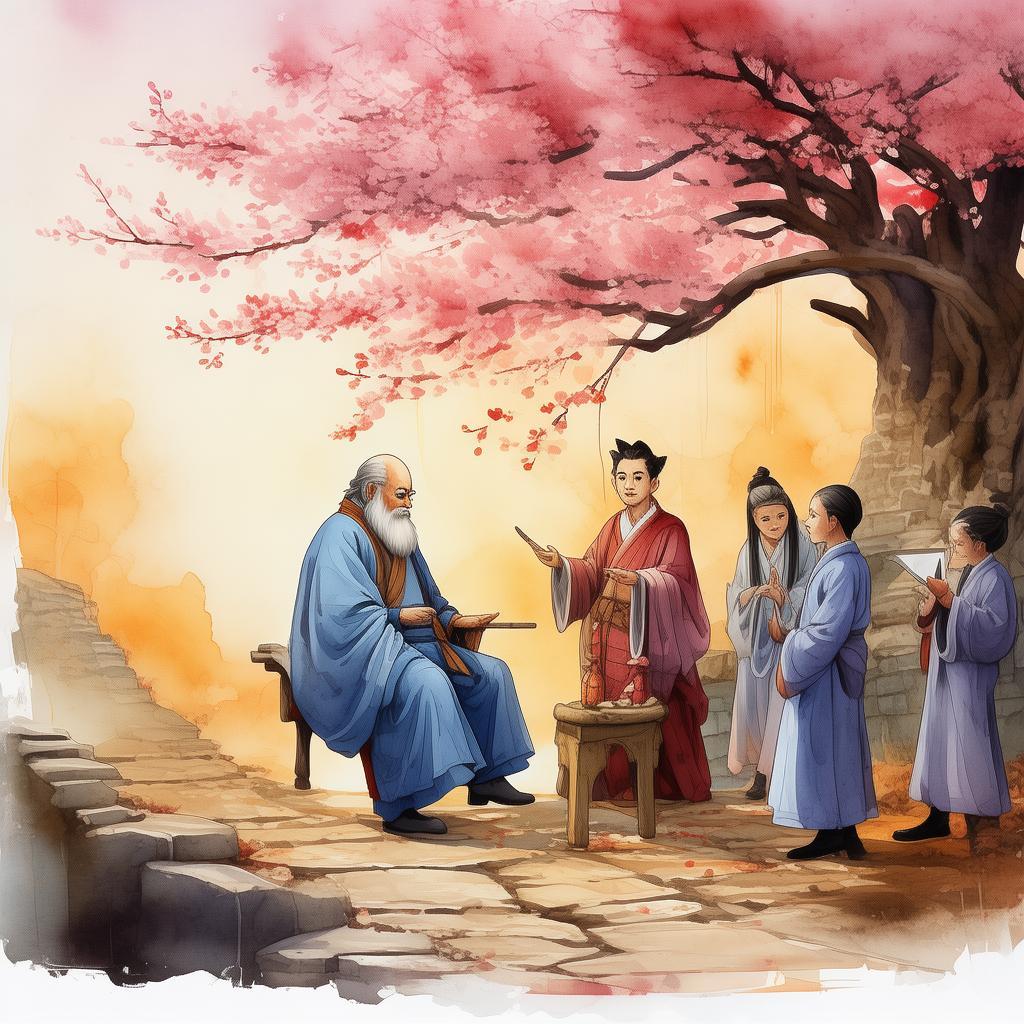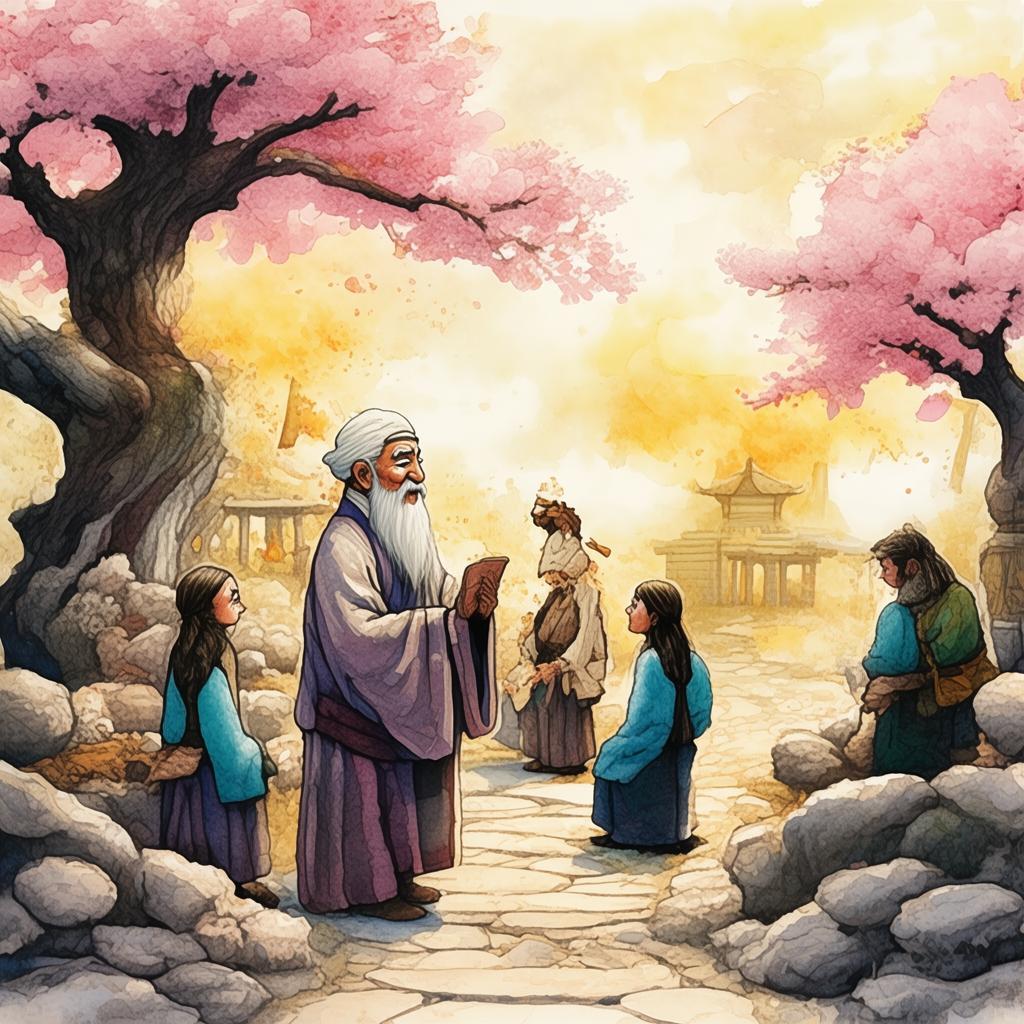The Pen That Unraveled the Abyss: A Tale of Endless Ink
In the bustling city of Lingxian, nestled between towering mountains and a vast sea, there lived a young artist named Ming. His name was as obscure as his art, which was a blend of the mundane and the mystical. Ming painted landscapes that seemed to shift and move, capturing the essence of the natural world in ways that left viewers both enchanted and puzzled.
One moonlit night, while wandering through the narrow alleys of the old town, Ming stumbled upon an ancient, weathered box. The box was covered in intricate carvings, depicting a pen intertwined with a boundless void. His curiosity piqued, Ming opened the box and inside found the pen—a pen unlike any he had ever seen.
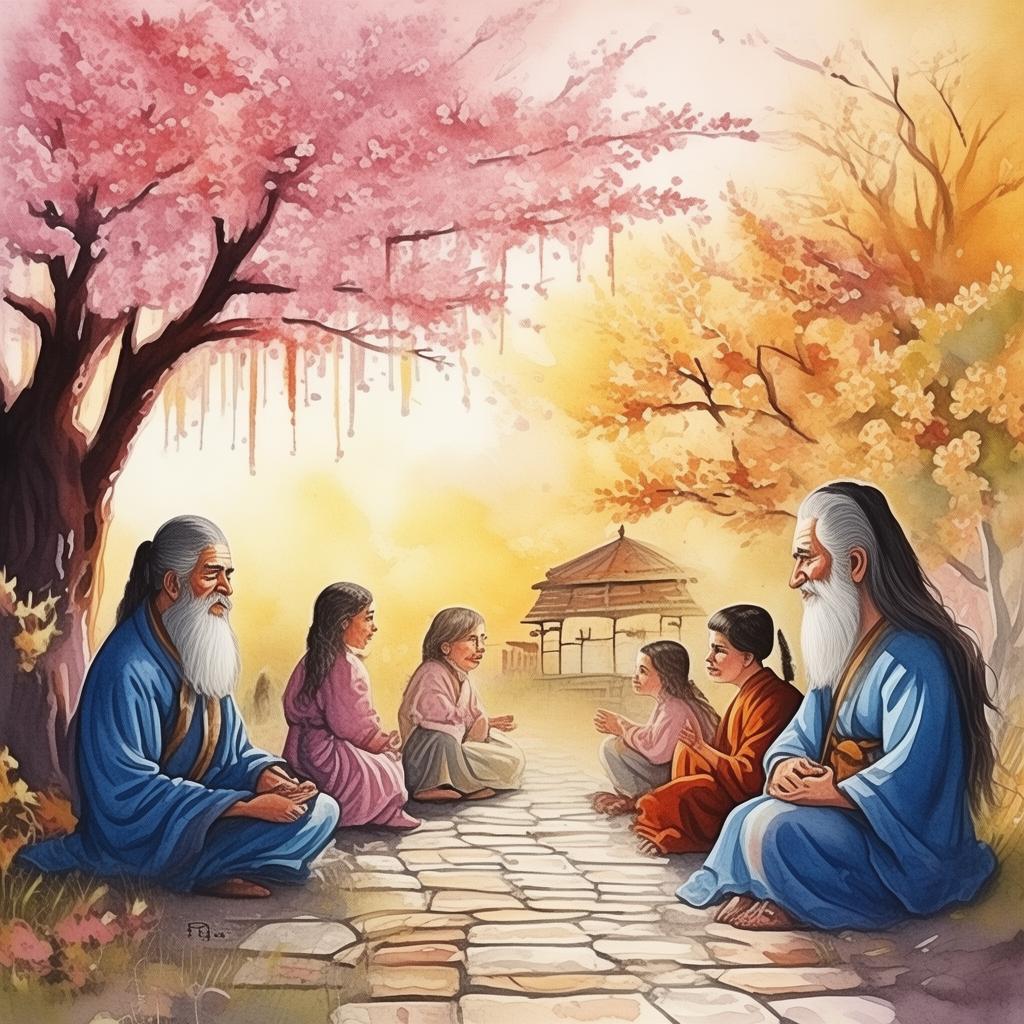
The pen was made of a strange, iridescent wood, and at its tip, a drop of ink the color of twilight. As Ming held the pen, he felt a strange sensation, as if the ink was calling to him. Without thinking, he dipped the pen into the ink and began to write on a nearby wall. The words he wrote were simple, yet they seemed to glow with an otherworldly light.
"Reveal the abyss, and I shall know the past," Ming wrote.
The ink flowed effortlessly from the pen, leaving behind a trail of words that seemed to hover in the air. Suddenly, the ground beneath Ming's feet began to tremble, and a dark, gaping maw opened up before him. It was the abyss he had written about, a chasm that seemed to stretch into the very depths of the earth.
Ming stepped forward, his heart pounding with fear and excitement. As he ventured deeper into the abyss, he noticed that the walls of the chasm were adorned with ancient carvings and runes. The air grew colder and the darkness more oppressive with each step he took.
After what felt like hours, Ming reached a small, dimly lit chamber. In the center of the chamber stood an ancient, stone altar. Upon the altar was a book bound in the same iridescent wood as the pen. Ming approached the book and, using the pen, opened it.
The book was filled with the tales of his ancestors, each page a testament to their lives and the choices they had made. Ming read of a great-grandfather who had been tasked with sealing the abyss, a task that required him to make a great sacrifice. The abyss was a portal to another dimension, a place where shadows and darkness thrived, and from which no one could return.
Ming realized that the pen was not just a tool for writing; it was a key to unlocking the past and the secrets of the abyss. The more he wrote with the pen, the more he learned about his ancestors and their struggle to protect the world from the darkness that lay beyond the abyss.
As Ming delved deeper into the book, he discovered that the abyss was not just a physical place; it was a metaphor for the human soul. The darkness within each of us, the fears and desires that drive us, were akin to the abyss waiting to consume us.
With the knowledge gained from the book, Ming returned to the surface, the pen still in his hand. He knew that he had a duty to pass on the lessons of his ancestors, to remind others of the strength that lay within them and the courage required to face their own abysses.
Ming's art changed as a result of his discovery. His paintings now held a depth and meaning that had been missing before. He depicted not just the beauty of the natural world, but also the struggle of the human spirit against the darkness that seeks to consume us all.
Through his art, Ming became a symbol of hope, a reminder that the pen is indeed mightier than the sword. The pen that unraveled the abyss had not only given him knowledge of his past but had also empowered him to face the future with a sense of purpose and resilience.
And so, Ming's story spread far and wide, a testament to the power of curiosity, the importance of heritage, and the eternal battle between light and darkness. The pen that had once been a mere object of curiosity had become a symbol of the endless ink of knowledge, waiting to be poured onto the pages of time.
✨ Original Statement ✨
All articles published on this website (including but not limited to text, images, videos, and other content) are original or authorized for reposting and are protected by relevant laws. Without the explicit written permission of this website, no individual or organization may copy, modify, repost, or use the content for commercial purposes.
If you need to quote or cooperate, please contact this site for authorization. We reserve the right to pursue legal responsibility for any unauthorized use.
Hereby declared.
